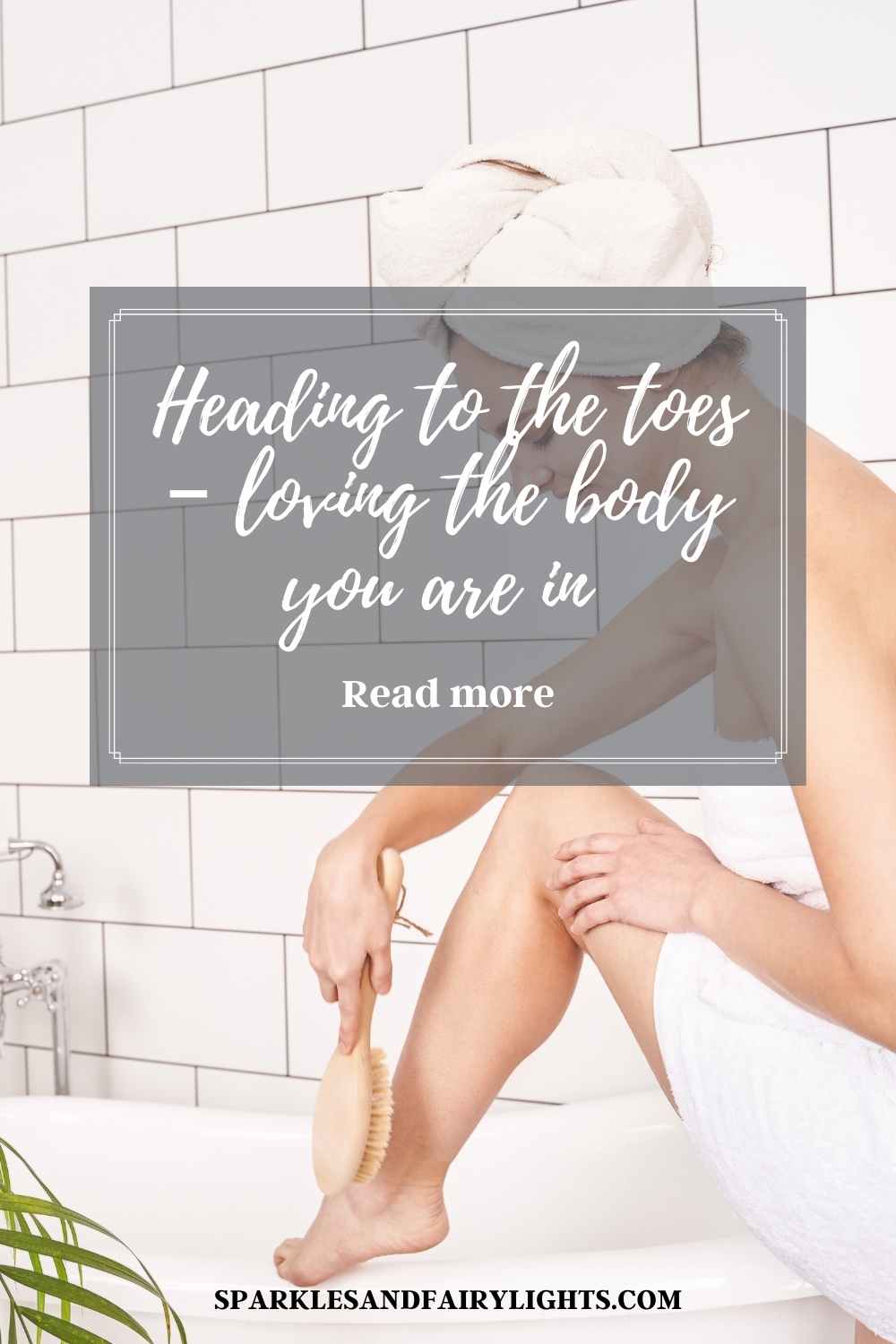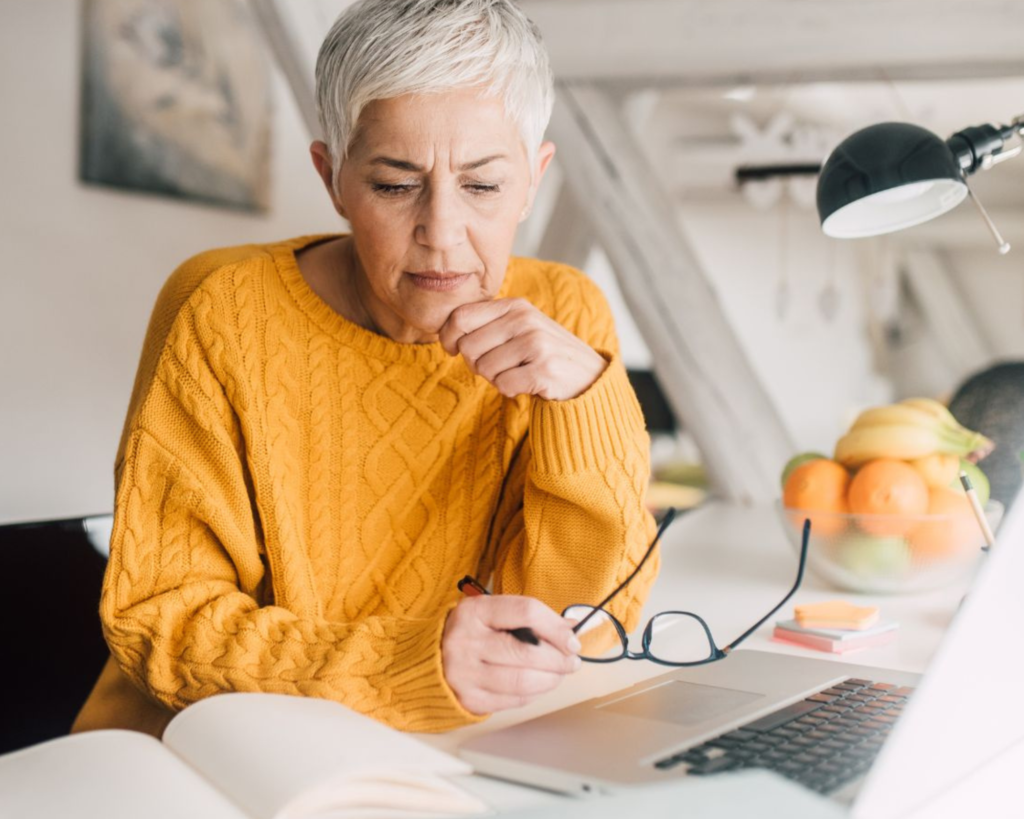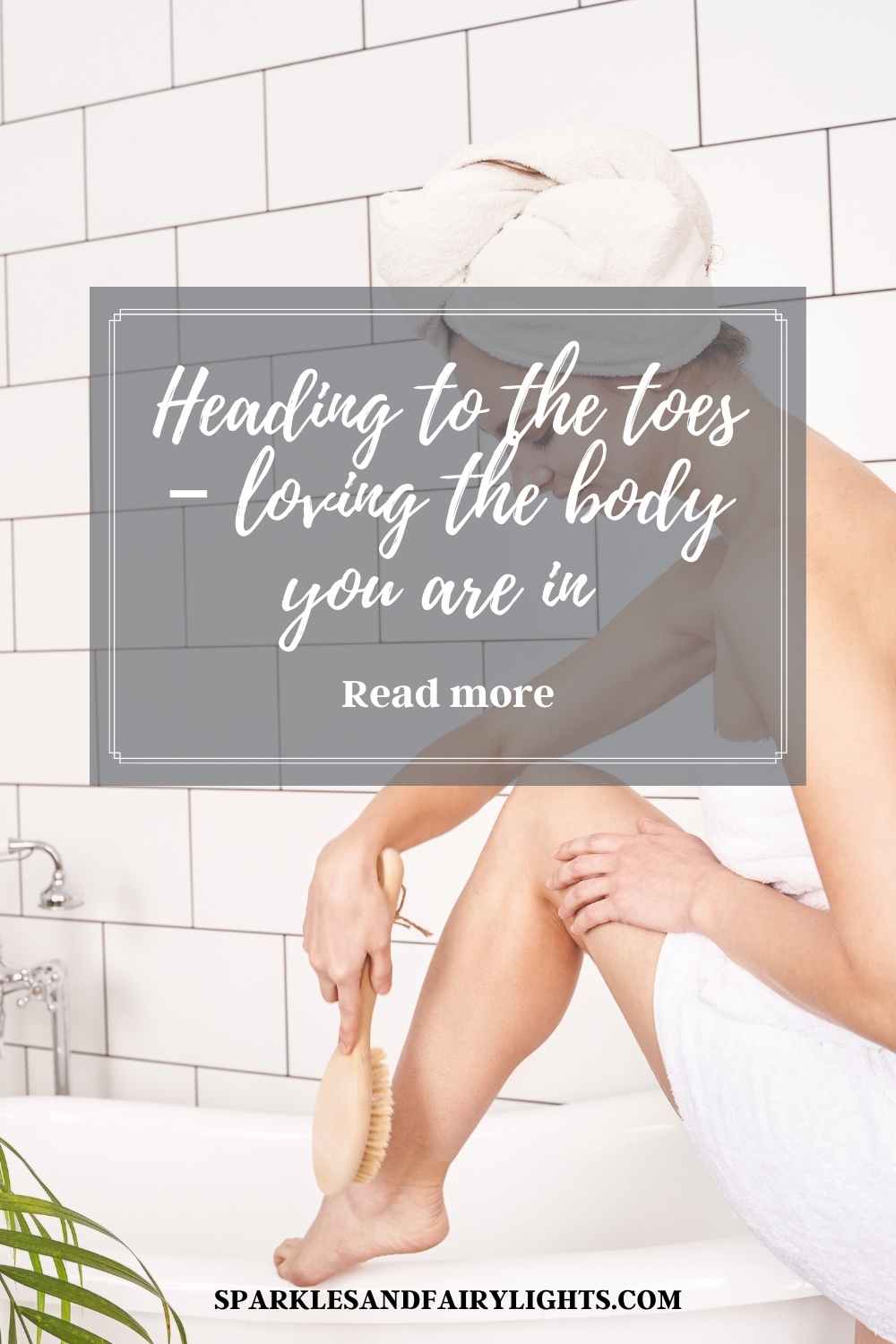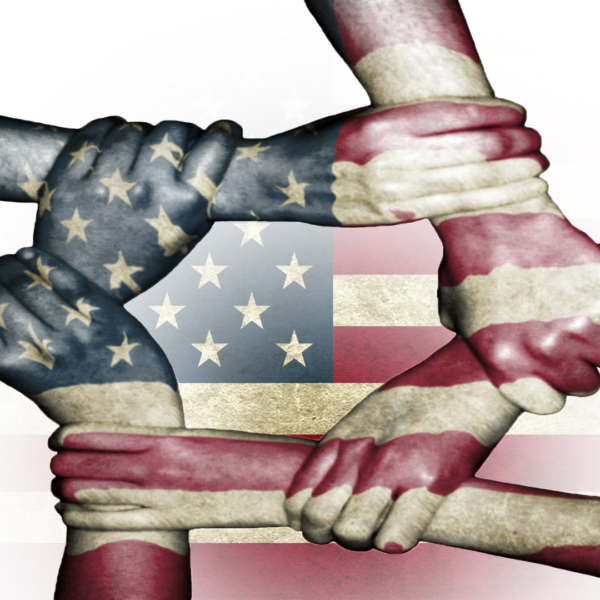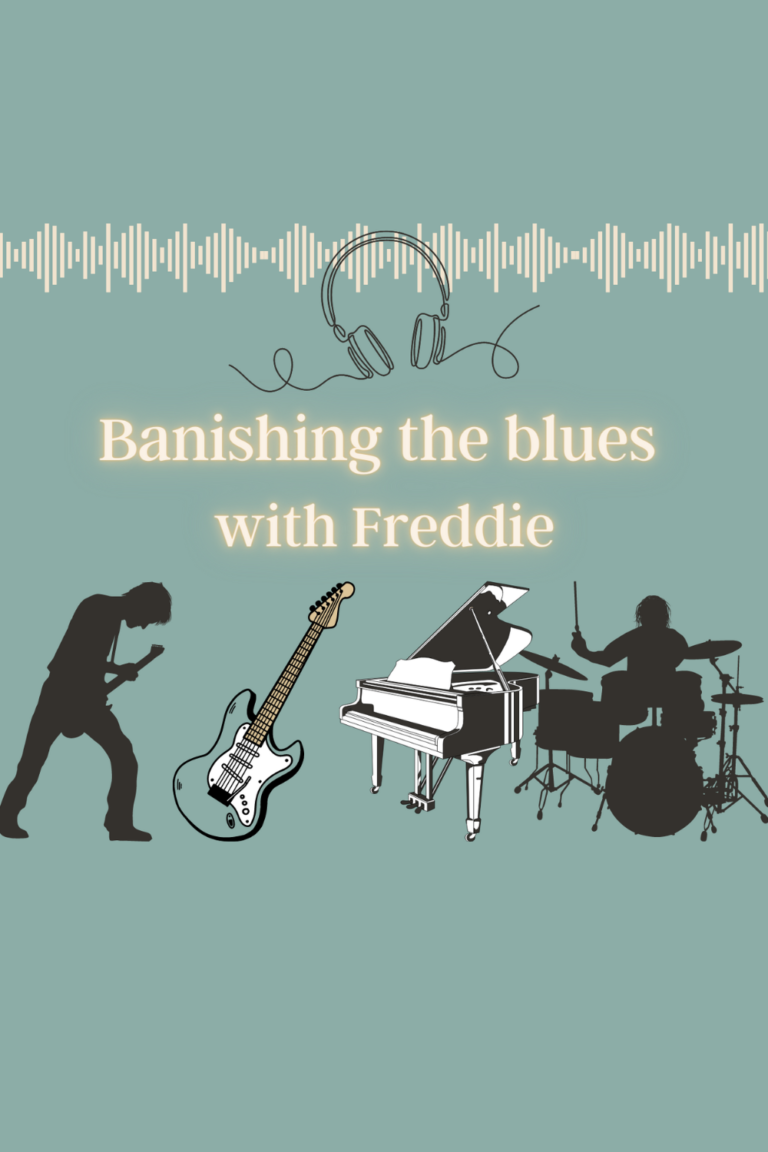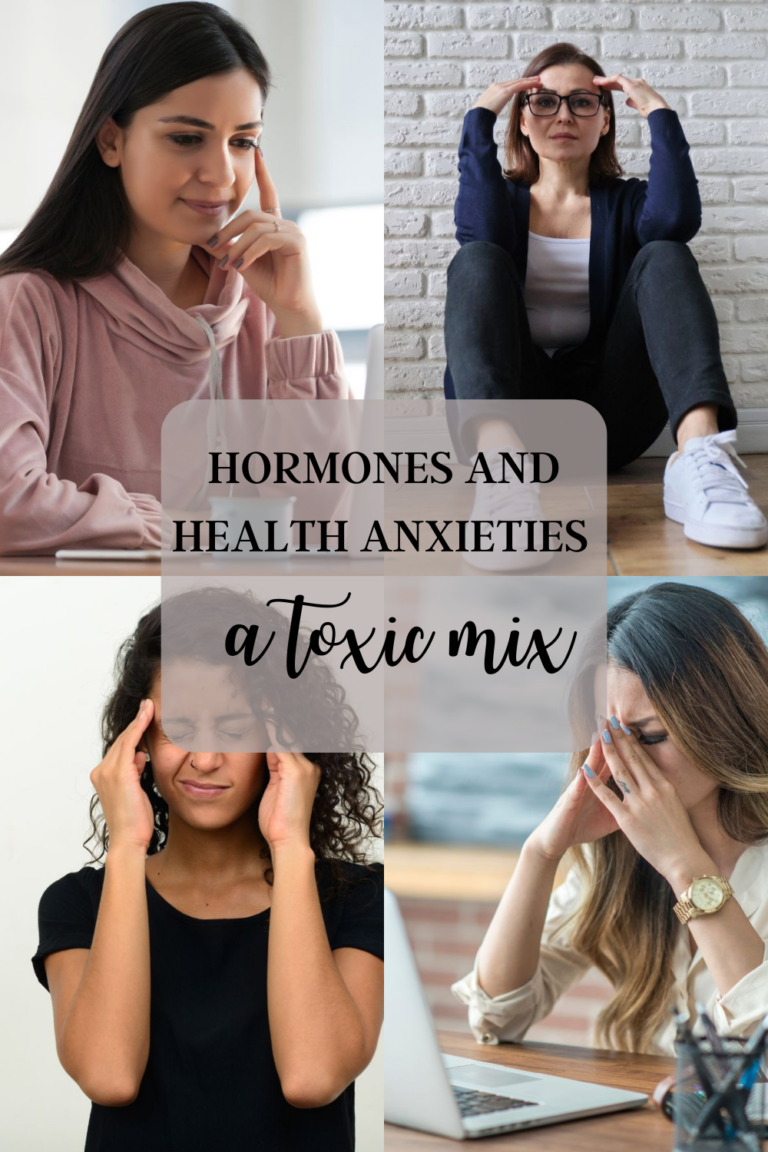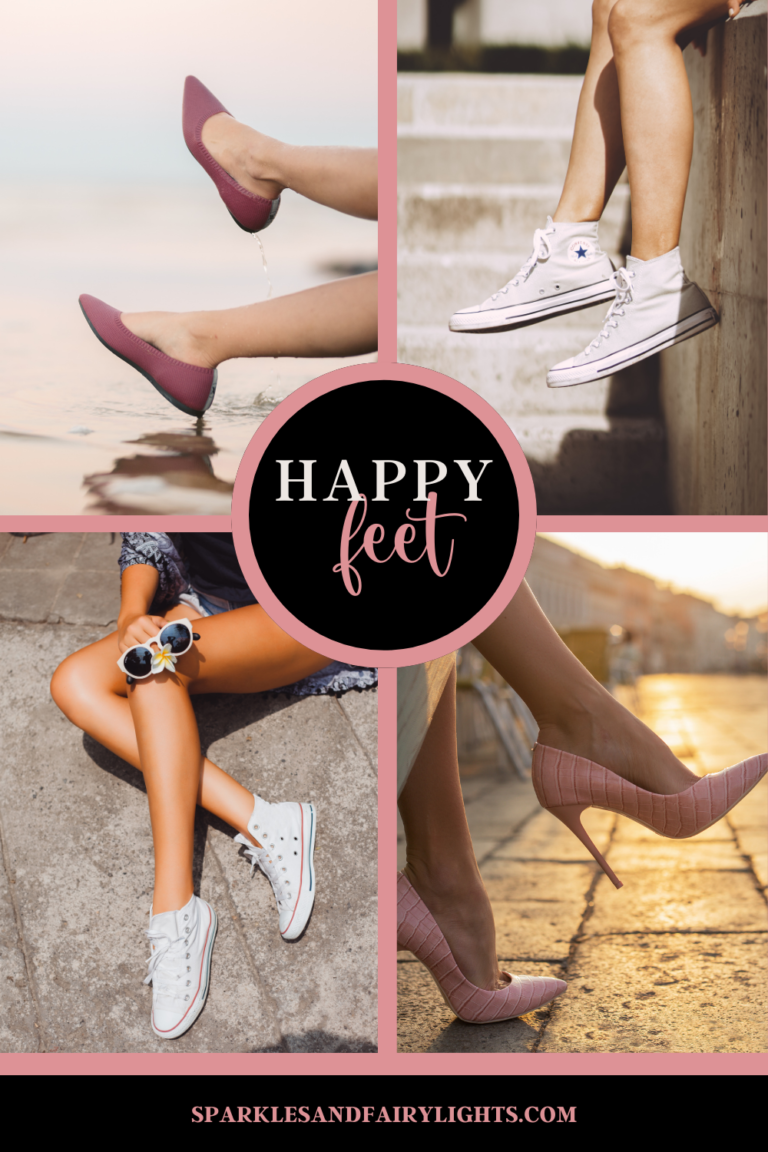Down to the toes – living in the 40-something body you are in
Neck
Right, the #neck is first up for special treatment. It has similar skin to the face and décolletage and, therefore, utmost care must be taken with this often neglected part of our bodies. How many a video or article does not cite the need to take extra precaution for this part of the body or at least the same as for the face.
Your neck is the way your body will show your age. Even though your face has been well cared for; your neck will tell the story. Yes, I think we have all heard this but did we heed the call? I know I took shortcuts and was guilty of neglect. I am trying to keep things positive so no need to be discussing turkey neck as opposed to turtleneck.
Turkey neck
Let’s talk turkey — not the bird, but rather the loose skin on your neck that resembles a turkey’s wattle, those wrinkled folds of skin that hang under its beak. “Turkey neck” comes with aging, weight fluctuations and sun exposure, three things that are hard to avoid.
“Turkey neck, sometimes called turkey gobble neck, is basically loose neck skin and muscles,” says Dr. Larry Pollack, a board-certified plastic surgeon affiliated with Sharp Memorial Hospital. “It can be hereditary, but is most often due to aging, UV damage or weight loss.”
Dr. Pollack explains that the neck’s skin and muscles become loose once we reach age 40. The skin becomes less able to shrink with weight loss, and weakened muscles can create a banded appearance.
An article on the NEO Health Clinic website has this to say on the matter: “Although the skin of the lower neckline, shoulder and upper chest (collectively called the décolletage) is just as sensitive as the face, when it comes to the daily cleanse or applying #sunscreen and moisturisers, this area is easily forgotten. With the décolletage, there is no quick-fix surgical solution. A face lift or neck wrinkle treatment such as a neck lift is great for neck wrinkles but will not address the ageing chest or cleavage. … Collagen-inducing skin treatments such as laser therapy, microneedling and injectables are effective ways to restore the youthful, radiant glow of the décolletage.”
Keeping abreast
I think it would be a gross understatement on my part when I say that the culture we live is quite obsessed by the female #breast. It is, after all, a thing of great beauty and fascination. But by the time a woman hits her 40s, it could also usher in a different kind of obsession, a fear of the scourge of breast #cancer. The diagnosis thereof is incredibly crushing.
Since the prevalence of breast cancer starts to accelerate in the 40s, regular breast examinations are imperative – once a month at the same time – for those who may be unaware. This will help you to know your breasts and identify anything that may feel foreign or strange. A visit to your healthcare practitioner is then of paramount importance.
Appropriate screenings
Women with a history of breast cancer in the family, as I do, should be even more vigilant and get the regular, requisite screenings. For those who are unsure, I refer to mammograms and breast ultrasounds.
In the run-up to #menopause and #perimenopause, which can start as early as 10 years prior to menopause, women experience erratic hormonal fluctuations and the breasts take a huge battering. From changes in the breast tissue to breast pain and tenderness to sagging, soreness and engorgement to name but a few as well as painful nipples.
An increase in breast size is also a sign of perimenopause and according to various statistics, some 20 per cent of women will increase in breast size by more than two cup sizes by the time they hit menopause.
Dreaded middle-age spread
After everything we have discussed so far, it is no wonder that we struggle through this time. But it is also when heart palpitations and #anxiety become an undesired reality. These symptoms can also be accompanied by excessive bloating and burping as well as increased incidents of acid reflux. Yip, rich in natural gas, but I think most would probably prefer the riches in another form.
Talking about having extra, unwanted burdens – something that so many women seem to struggle with is the persistent belly fat that now surrounds their middle – the dreaded middle-age spread or muffin top as some may know it.
Many women have expressed that even though concerted effort had been exerted to tackle it, from radical changes to their #diets, exercising more regularly and generally doing all that they can to move this fat, it just seemed immovable and incredibly stubborn. Proven methods that have moved it in the past simply no longer work.
As a consequence, many are left reeling and depressed by this development as there seems to be zero correlation between effort and results. At this stage, weight gain is one of the biggest bugbears of life yes, but the good news is that the right lifestyle changes can rectify it, while dying on the treadmill trying to shift it is most certainly not the way to do it.
World-renowned doctors have dissected this phenomenon and various older influencers on social platforms too – what is encouraging to see is that the latter’s lived experiences have yielded promising results, they have passed on the knowledge to help others and generally, they are positive that the nefarious belly fat need not stick around indefinitely. What a relief.
In a Sharecare medically reviewed article, had this and much more to say on teh topic: “Weight gain and the increase in body fat are likely due to multiple factors that usually start to take effect as you approach and enter the transition period before menopause called perimenopause. For many people, this period starts in their 40s. These factors have a way of rewriting the rules of weight gain and loss after 40.”
Nether regions
Now that the belly has been covered, time to head down to the nether regions. Menstrual irregularity is often the first sign of perimenopause, and some women may experience heavy bleeding during their period. Many of us are familiar with the backache that invariably accompanied menstruation over all the years, but it can now become a regular companion. As oestrogen levels drop off as menopause approaches, women experience more vaginal dryness. Many bemoan a loss of libido at this time too. Lady bits become thinner and less elastic.
An article in Health put it this way: “During your 40s and 50s, your body starts producing less estrogen as you enter perimenopause, the transitional period before menopause. “This is most common in the 40s, but for some women, it can be later,” John Thoppil, MD, an OB-GYN at River Place OB/GYN, told Health. “Estrogen keeps vaginal collagen plump and moist and helps provide good blood flow to the area.”
“During perimenopause, decreasing [o]estrogen levels can make vaginal tissue thinner and less elastic. Your vagina may also produce less lubrication and feel dry, sore, and irritated – especially during sex. Once you enter menopause and your period officially stops, you’re even more likely to deal with vaginal dryness and thinning vaginal tissue, known as vulvovaginal atrophy. On average, most U.S. women enter menopause around age 52.
‘After menopause, you may also notice changes in your vagina’s appearance. Your vagina and clitoris may shrink, and your labia may become less full, potentially changing in color and starting to sag. A decrease in collagen may contribute to sagging skin all over your body, including your vagina, and weaker pelvic floor muscles.”
Going to the toilet more often becomes a growing reality for women. All of a sudden, women become prone to bladder leakage; loss of control embarrassingly starts to encroach on one from down there. Pelvic floor exercises are recommended and said to be helpful.
Recently, fatigue has re-entered the fluctuating hormonal whirlpool and hit me hard. I know that I have not over-exerted myself in the least but the tiredness and lethargy remain. I am so glad that I am aware that feelings of extreme exhaustion and/or a complete loss of energy are common signs of perimenopause and that I can be quite kind to myself through it all, knowing that this, too, will pass and that I am currently looking into natural remedies to help alleviate the symptoms and get some extra energy.
Add to this midlife recipe of hormonal fluctuation and increasing confusion, a host of food cravings, which can be sweet and/or savoury, and it is clear that the precursor to ”the great change” as menopause has been called is nothing less than dramatic to an unsuspecting woman who has just entered her 40s.

Varicose veins, restless legs and crawling sensations
Furthermore, varicose veins are also likely to start making an appearance as prevalence thereof starts to increase in our 40s and we may also start to experience swollen legs and feet more often as well. When I first entered the quadragenarian decade, yes, the 40s for you, my hair started to thin and I woke up with stiff extremities in the mornings. And so it starts, but in time, restless legs may also start to put in appearance. What is it? Let me introduce you to another symptom that steals precious sleep at this stage of our lives.
According to the Unites States’ National Institute of Neurological Disorders and Stroke, “Restless legs syndrome (RLS), also called Willis-Ekbom Disease, causes unpleasant or uncomfortable sensations in the legs and an irresistible urge to move them. Symptoms commonly occur in the late afternoon or evening hours, and are often most severe at night when a person is resting, such as sitting or lying in bed.”
While we are on the topic of weird sensations, are you aware that some women experience what is known as electric shocks. What on earth is that you may ask? Well, some women have routinely expressed the feeling of electric shock sensations under their skin. Add to that heady mix, formication, which I mentioned before, is when perimenopausal women have reported sensations that can be likened to insects crawling over the skin on their arms and legs. Yes, and all attributed to the hormones that are fluctuating.
Though this may be a lot to take in, besides being fairly frightening, it is great to know so that when it does affect one, it need not be so terrifying. And knowing that hormones are out of balance somehow is half the battle won. It is why I won’t shy away from talking about it.
Dry-skin brushing
As I have alluded to before with regard to the legs, women find that their heels are extremely dry. So special care is needed when wearing those killer sandals in summer – don’t let those dry, peeling heels affect your sensational look. We deal with feet in an episode early in the new year; and will tackle this in more depth then.
However, something unrelated to the dry skin of heels is up next: dry skin brushing. And yes, I am a fan. As we age, our bodies need more exercise and tender care to keep everything going as it should. Not to be dramatic, we need to put in more work to counteract the body’s sluggish response in some spheres. I find that my lymphatic system gets a beautiful kick-start with dry skin brushing and it helps my skin to look smoother as it exfoliates by sloughing off dead skin cells making it look brighter. It has been known to help with blood circulation and, of course, it increases the efficacy of the lymphatic system.
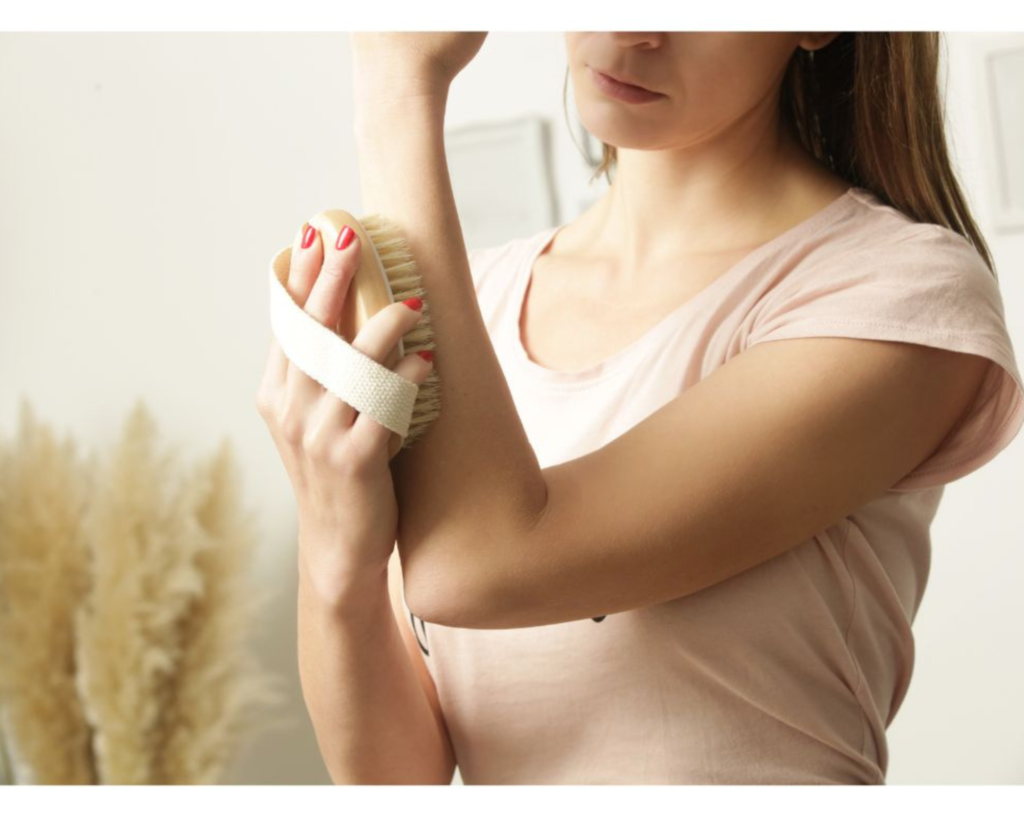
But what is it? Before I tell you, I want to stress that it probably is not a good idea for diabetics. Dry skin brushing is something that many a celebrity swears by and is the act of using relatively a firm-bristled brush made for this purpose to brush the skin while it is dry. Repetitive strokes are used which are touted to help tremendously but precautions should be taken to ensure that it is not done on broken or sensitive skin. I do it often and I am happy with the results. I will link a clip on Facebook if you would like to know more.
Overall, the body losing muscle mass becomes starkly evident too. We will tackle this in more detail next week and it becomes imperative to exercise in order to build the muscles. So many older folk can be seen to look fragile over time as a result. Though it can’t reverse ageing, exercise can certainly help to maintain a healthier body and enable us to enjoy a better lifestyle for longer.
Our bodies are superstars
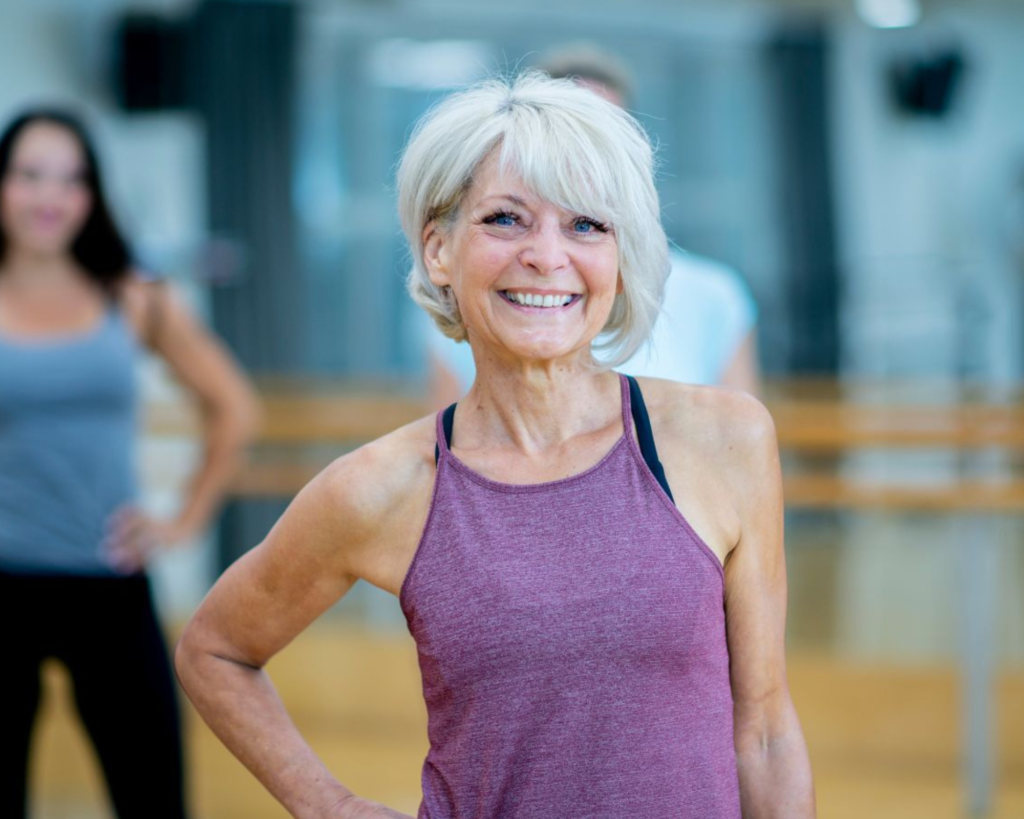
Our bodies are actually superstars as they have to bear up under so much strain, change and uncertainty. With all this in mind, it is not surprising that some women also report uncontrollable fits of rage. They are angry, very angry and some report being overly suspicious all the time. And it can all reduce to one to tears when one least expects it. May I humbly ask you to simply have grace on yourself when going through this. It is not the time to isolate yourself or be stoic about it.
It helps to take some time to practice self-care amid all the bustle of the festive season. While you go the extra mile to serve and express love to your loved ones, please don’t forget to make time for yourself or rest when you need to without feeling self-indulgent or guilty.
I trust that creating awareness through this podcast will help someone out there – even if it is just letting them know that they are not alone. In fact, every woman experiences at least some of the symptoms; although there are exceptions – the “lucky” ones who manage to get off relatively unscathed – but many a woman out there has experienced it and I believe, is giving a helping hand of reassurance to others.
Latest posts
The human value and capacity driving copywriting in 2025
Big Shift in Copywriting Two days into 2025, my inbox crackled with a tantalising prospect … I had been invited to a masterclass on the subject of a big shift in copywriting. Sorely needed at a time when Artificial Intelligence…
Authenticity, professionalism and hope in a curated world
Unsound fallout After an awkward, deafening silence, a professional saved the day with a raw, authentic performance. The stylish, blonde woman dressed in an eye-catching, form-hugging dress bravely started to sing a capella. Eyes all around United States Capitol Rotunda…
Authentic epiphany watching the trailer for “With love, Meghan”
New Year’s Day marked Meghan Markle’s triumphant return to social media after a considerable hiatus. Her Instagram post showed her breezing into 2025 – hair billowing in the wind, her petite frame ensconced in a lightweight, flowy ensemble. It seemed…
Why Trump 2.0 delivered, and Jaguar not so much
The Internet is awash with disbelief at the latest Jaguar-rebranding exercise, which was roundly panned with most branding it an epic fail. I tend to agree. The advertisement in question is a 30-second seemingly woke fest festooned in bright neon…
9 Websites by women with that extra wow factor!
On 3 March this year, renowned doctor-cum-YouTuber Ali Abdaal tweeted a request for followers to share the best personal websites that they had seen for inspiration and to get his own juices flowing. I volunteered three women with killer websites…
- The human value and capacity driving copywriting in 2025 - March 6, 2025
- Authenticity, professionalism and hope in a curated world - February 6, 2025
- Authentic epiphany watching the trailer for “With love, Meghan” - January 27, 2025

